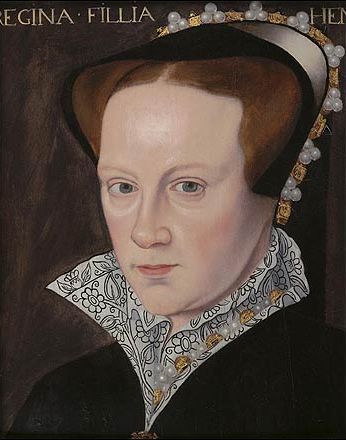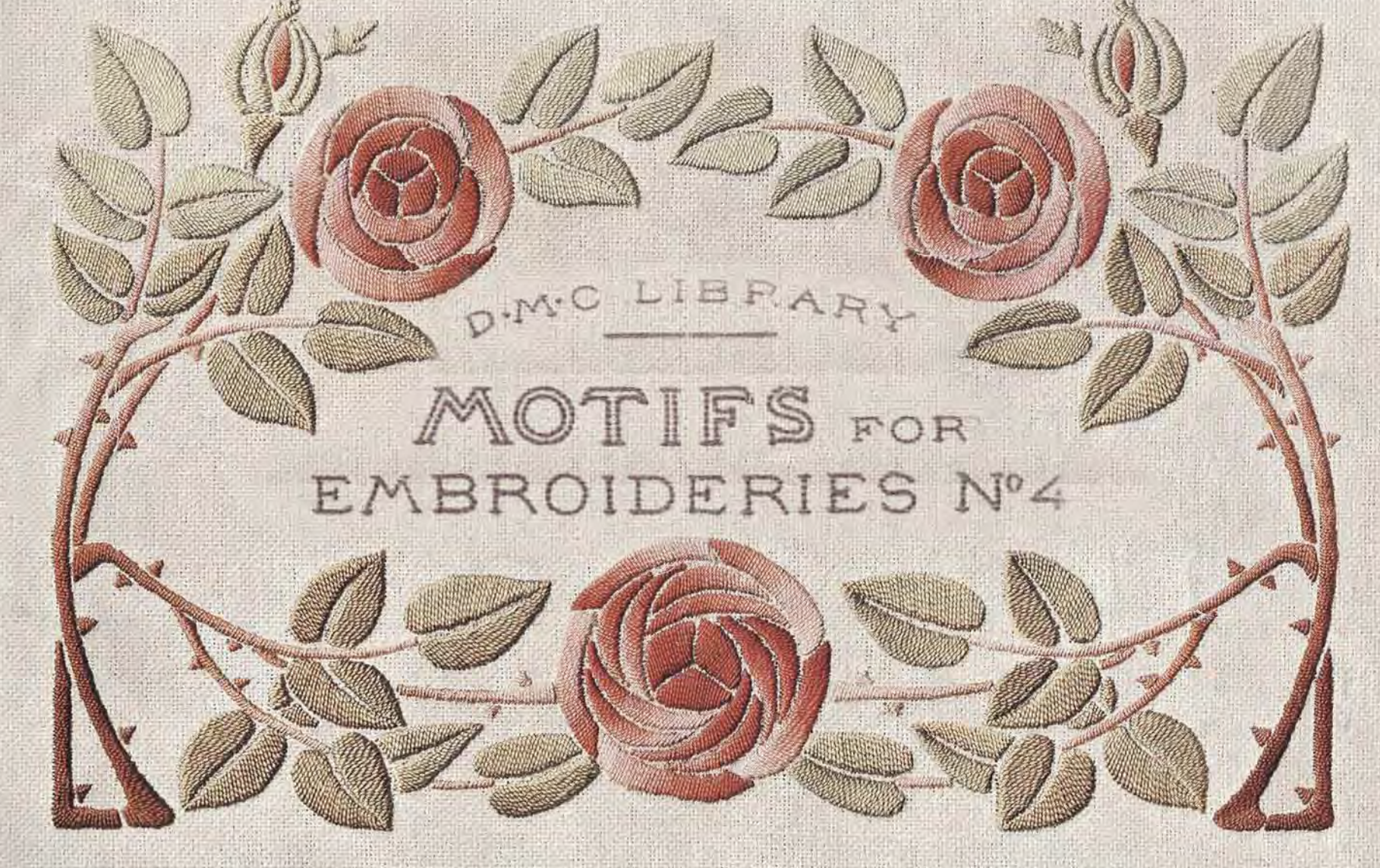Overview of Historical Embroidery Styles, Part 1
Historical clothing is rich with examples of beautiful embroidery designs. Almost every era has distinct styles and techniques that set it apart. If I were to ask you about 18th century embroidery, an elaborately embroidered court suit might come to mind fairly quickly. However, what if I asked about the 1600s or the 1850s?
Over the next few weeks, I am going to highlight some of the most popular techniques and motifs for each period and illustrate how they change over time. While many of these techniques have roots in earlier styles of needlework, such as gorgeous church embroideries and tapestries, I am not going to spend much time on those applications. Instead, I’ll be focusing specifically on the embroidery used on clothing, to give you a basic foundation for selecting designs appropriate for each era.
If you want to jump ahead to a specific era or just want everything in one place, this information is available as an online class. The class also has far more examples than I can fit into a blog post!
As we go through the various terms used for embroidery, keep in mind that some names describe styles and others describe techniques or materials. This is similar to fabric, where silk (a fiber) can be woven in many different ways, and satin (a weave) can be woven using different fibers. Sometimes the only significant difference between two types of embroidery are the fiber or color of the thread used.
Embroidery in the 1500s
Our timeline begins in the 1500s with a very recognizable embroidery style, Blackwork. It is also known as Spanish Work, and is linked with Catharine of Aragon, who was Queen of England from 1509-1533. Catharine is described as an accomplished needlewoman who brought many blackwork garments with her from Spain, after which they became popular in the English court.
Blackwork is worked in a single color, usually black, but could also be red (sometimes called scarlet work), pink, blue, or green. Silk thread was most commonly used, though there are also examples of Blackwork using wool thread. It is most often used on shirts, smocks, caps, and coifs, but can also be seen on skirts, jackets, and other clothing during this period.
Early Blackwork
Early Blackwork motifs are generally simple geometric designs and small floral patterns. They are stitched as counted thread work on plain weave fabric, using the threads of the fabric as a grid. The most common stitch is Holbein stitch, or double running stitch, which produces a smooth line that is identical on both sides of the fabric, making the embroidery reversible.
This stitch is named after Hans Holbein the Younger, whose paintings often depict this stitch. For example, this portrait of Jane Seymour with embroidered ruffles on her cuffs.

Although Blackwork reached the height of its popularity during the 1500s, it’s possible this technique had been in use for much longer. This passage from The Canterbury Tales describes a collar embroidered “within and also without” in black silk thread, which is suggestive of Holbein stitch.
White was her smock, and embroidered all in front and also behind, around her collar, with coal-black silk, within and also without.
Geoffrey Chaucer, The Canterbury Tales
Mid-1500s Blackwork
As we move further into the period, Blackwork begins the transition to larger designs that are more free flowing, rather than counted and geometric. Designs may still be laid out in a gridwork of diamonds or stripes, but the motifs have lost the squared-off corners of the earlier styles. Common designs include spiky flowers and Tudor roses, connected by scrolling stems. One such example is this portrait of Mary I of England by Hans Eworth.

Late 1500s Blackwork
Near the end of the century, the designs become even larger and more sprawling. Individual motifs may be outlined in heavier stitches and filled with small, geometric patterns in counted thread work. These filling stitches vary in density and style, which adds texture and shading to leaves and flowers, such as this example at the Met Museum, below.
Blackwork’s popularity continues into the 1600s, which I’ll cover in Part 2. In the meantime, let’s take a look at other embroidery styles popular during this century.
Polychrome vs. Elizabethan
There are two other terms often used to describe embroidery during this time: Polychrome Embroidery and Elizabethan Embroidery. Polychrome describes any design worked in multiple shades of brightly colored silk, rather than a single color. Elizabethan Embroidery can describe any embroidery from the period, but is often associated with a specific set of highly textured stitches.
Although both terms are rather generic, the term Polychrome by itself is often applied to items stitched in multiple colors of silk, using softly shaded satin stitches and knots, and accented with fine metal threads. Polychrome designs are seen throughout Europe during this period and beyond, on both clothing and household goods.
Detail of gloves with polychrome silk embroidery. Met, 28.220.3.
The terms Elizabethan Embroidery or Elizabethan Polychrome more often refer to designs featuring a specific style of woven and knotted stitches accented with braided gold threads. Though described as Elizabethan, embroidery in this style continues into the 1630s, well beyond the end of the Elizabethan era.
Detail of coif from the early 1600s showing elaborately knotted and braided stitches typical of Elizabethan Embroidery. Met 64.101.1258.
Elizabethan Embroidery
Elizabethan Embroidery shows a fascinating love of nature, and you find elaborate designs filled with a variety of animals, birds, plants, flowers, and insects. For instance, on the jacket below you can see roses, sweet peas, oak leaves, acorns, pansies, strawberries, honeysuckle, carnations, daffodils, and pea pods, surrounded by bees, snails, and small birds snacking on dragonflies and caterpillars. Met 23.170.1.
Common stitches are chain stitch, stem stitch, satin stitch, double-plait stitch, knots and couching. More complicated stitches like detached buttonhole and trellis stitches are worked separately from the fabric and could be padded to add even more dimension to the piece.
Summary
Regardless of what you call the style, the motifs and the overall layout of the designs are similar and there is considerable overlap between them. You might see a blackwork coif with metal thread vines, or Elizabethan raised stitches without any plaited gold work. For instance, the three coifs listed below feature similar floral motifs surrounded by scrollwork, yet are worked in different combinations of colors and stitches:
Check back next week for Part 2 of this series, where we’ll explore the changing styles of the 1600s.
Resources
- If you liked this brief overview, my online class covers the history of embroidery styles from 1500-1950, including more examples from the 1500s not shared here.
- Visit my Pinterest page for boards with more examples of Blackwork and Elizabethan Embroidery.
- Check out this YouTube channel to see how to work some common Elizabethan Embroidery stitches.
- This PDF details many more 17th century jackets and the recreation of one jacket undertaken at the Plimoth Plantation.
Books:
- Royal School of Needlework – Blackwork: Essential Stitch Guides*
- Blackwork*
- Elizabethan Stitches: A Guide to Historic English Needlework*
*Some of the links in this post are affiliate links, meaning, at no additional cost to you, I will earn a commission if you choose to make a purchase. I only recommend products or services I use personally and believe will add value to my readers, and I do not recommend products solely to get a commission.

 Previous Post
Previous Post Next Post
Next Post
